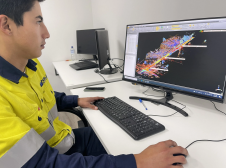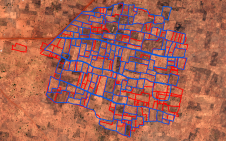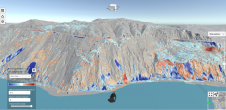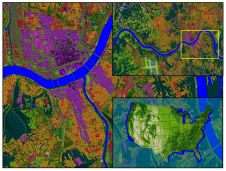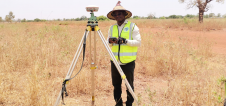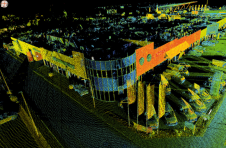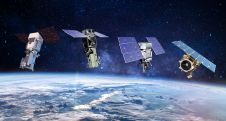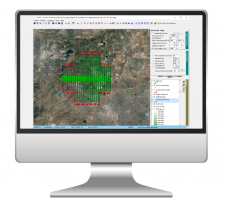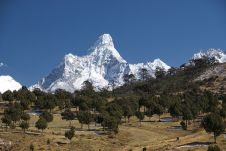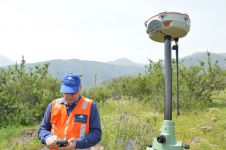IGS Workshop Celebrates 20 Years of Service
The IAG’s International GNSS (Global Navigation Satellite System) Service (IGS) held its biennial workshop from 23-27 June 2014 at the California Institute of Technology in Pasadena, California, USA.
The workshop programme attracted approximately 190 participants and included plenary and poster sessions along with Working-Group and special-topic splinter sessions. IGS members, users and stakeholders reported on recent developments and achievements and discussed solutions to current issues. Special sessions of multiple IGS Working Groups allowed workshop attendees the opportunity to exchange information, debate technical issues, and offer recommendations for improvements to IGS products.
The central theme of the workshop was a celebration of the 20thanniversary of the IGS, which was founded in 1994. Key issues discussed were a demonstration of the enormous success of the IGS so far, and the major challenges ahead – especially with respect to multi-constellation GNSS. All IGS entities, including Analysis Centres, Data Centres, and Working Groups, were encouraged to embrace the multi-GNSS world and to work towards its realisation. It was also recommended that all IGS products take advantage of new multi-GNSS observation data and that a range of related issues be addressed in the coming years so that the IGS can transition to a truly multi-GNSS service in the coming years.
During multiple Working Group discussions of the transition to Receiver Independent Exchange Format (RINEX) version 3, a key recommendation was to develop a transition plan that will integrate RINEX 3, and its filename convention, into the operational IGS archives by the end of 2015. It was also recommended to provide software tools to support this data conversion to Data and Analysis Centres.
The IGS Real-Time Service [http://rts.igs.org], which debuted for beta users on 1 April 2013, also held a Working Group meeting. Recommendations included developing a system for an Indo-Pacific moderate density GNSS network, real-time data sharing, and issuing advisory bulletins in accordance with the IAG’s Global Geodetic Observing System (GGOS) Theme 2 for natural hazards applications.
The IGS Site Log Manager (SLM) was introduced as the new central repository for station metadata management, and it was recommended that all existing GNSS metadata databases ensure compatibility with the SLM to exchange and maintain metadata correctly.
IGS Working Groups have maintained high standards for the delivery of products, and continue to work on improvements on all aspects of the service. Recommendations made in support of this include: finalising the IGS contribution to the 2013 International Terrestrial Reference Frame (ITRF2013), encouraging the participation of station operators when selecting future IGS13 Reference Frame stations, developing total electron content fluctuation maps as a new potential official IGS product, encouraging more satellite laser ranging observations of GNSS satellites, and accounting for temporal gravity variations in GNSS orbit determination. The United Nations International GNSS Monitoring and Assessment Task Force also held a meeting during the workshop, in preparation for the ninth meeting of the UN International Committee on GNSS this November in Prague.
Videos and downloads are available atwww.igs.org/presents.
Make your inbox more interesting.Add some geo.
Keep abreast of news, developments and technological advancement in the geomatics industry.
Sign up for free

